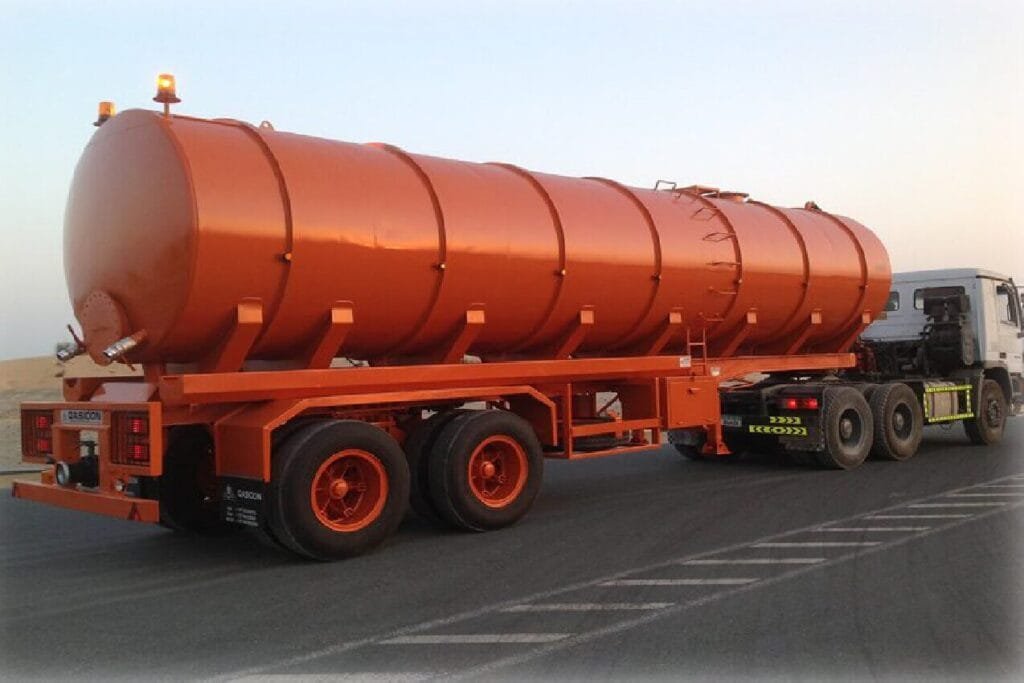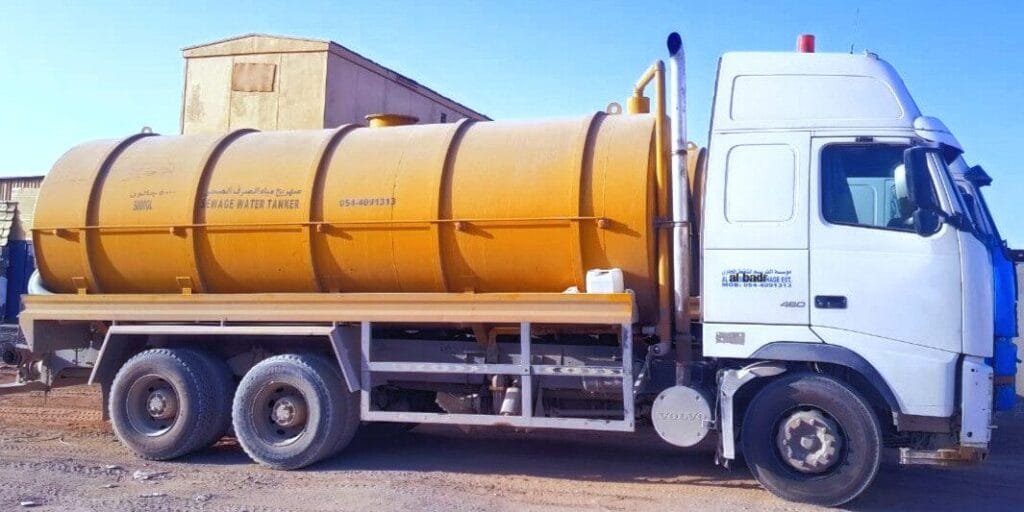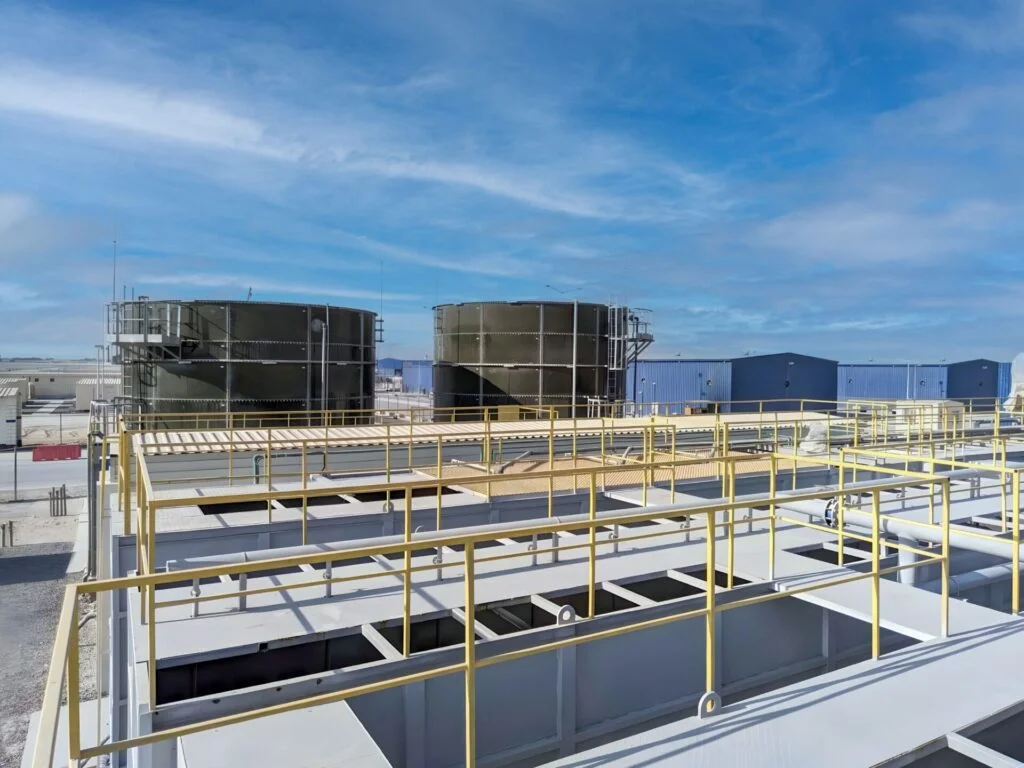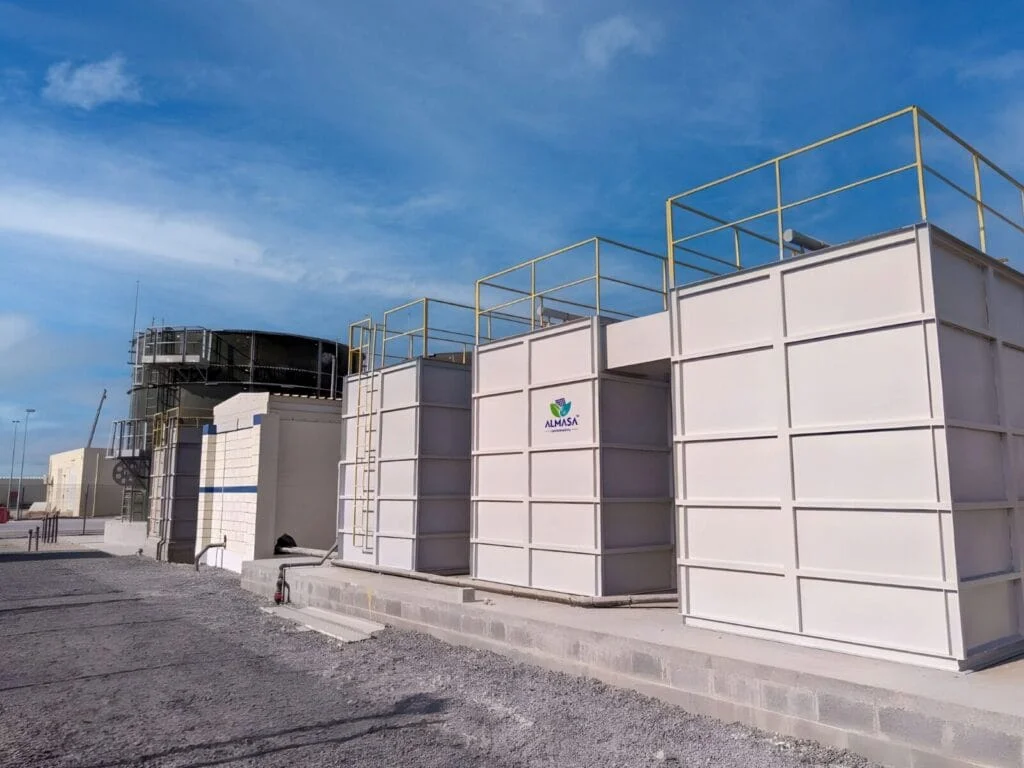Table of Contents
Picture this: a sprawling metropolis, its streets perpetually clogged with tanker trucks hauling sewage across town. The incessant rumble of engines, the acrid smell of exhaust, and the mounting costs of this inefficient system have long been accepted as unavoidable. For years, this has been the norm—a necessary evil to manage wastewater in areas not within the network of pipelines. But what if there was a better way? A way to not only manage sewage more efficiently but also turn it into a resource that benefits the environment and saves money? Enter sewage treatment plants: the unsung heroes of modern urban sustainability.
1. Reducing Carbon Emissions: A Sustainable Future
Tanker trucks are notorious for their carbon footprint. Each trip burns fossil fuels, releasing greenhouse gases into the atmosphere. In contrast, sewage treatment plants operate on-site, eliminating the need for constant transportation. By localizing wastewater treatment, these facilities drastically curtail carbon emissions. For instance, a medium-sized city transitioning from tanker-based systems to a treatment plant could slash its annual carbon footprint by thousands of metric tons—equivalent to removing hundreds of gasoline-powered vehicles from circulation. This shift represents a tangible step toward mitigating climate change and fostering a cleaner, healthier environment.

2. Slashing Monthly Costs: A Win for Your Wallet
Let’s talk numbers. Tanker trucks are expensive to operate. Fuel costs, driver salaries, and vehicle maintenance add up quickly, and these expenses are often passed on to residents and businesses through higher utility bills. Sewage treatment plants, on the other hand, require a one-time investment but offer long-term savings. Once operational, they drastically reduce monthly costs by eliminating the need for frequent truck trips. Over time, the savings can be substantial, making treatment plants a financially correct choice for communities, camps, cities, and sports clubs.

3. Environmental Friendliness: Turning Waste into Water
Perhaps the most compelling benefit of sewage treatment plants is their ability to transform waste into a valuable resource. Treated water can be reused for irrigation, reducing the demand for fresh water and conserving this precious resource. Imagine parks, golf courses, and agricultural fields thriving on recycled water, all while reducing the strain on natural water sources. This closed-loop system not only promotes sustainability but also helps combat water scarcity, a growing concern in many parts of the world.


The shift from tanker trucks to sewage treatment plants is more than just a logistical upgrade—it’s a step toward a greener, more sustainable future. By reducing carbon emissions, cutting costs, and promoting the reuse of treated water, these plants offer a win-win solution for both the environment and the economy. It’s time to rethink how we manage waste and embrace the transformative power of sewage treatment plants. After all, the future isn’t just about managing waste—it’s about turning it into wealth.
The movement to wastewater treatment plants is happening as we speak when it comes to the following major cities, and areas in UAE: Abu Dhabi, Fujairah, Jebel Ali, and Ras Al Khaimah. What do these cities have in common? Vast spaces of land filled with lustrous industries, and companies that push the boundaries of evolution within the country. However, their distance tends to be further away from drainage-piping infrastructure, pushing the need for wastewater tanker trucks. The relative number of these trucks crowd the streets during rush hours, causing large-scale air pollution of PM-10, and PM-2.5 that can grow dangerous for sensitive people throughout the day.
With the growing need of sustainability, the same companies have now sought after Almasa – MBR – wastewater treatment plants to not only uninhibit their growth, but to ally with our values, and commitment to the environment by increasing greenspaces, and reducing overall water consumption. The engine behind our technology – Membrane Bio-Reactor – delivers a unparalleled performance with its suction-based ultra-filtration. Bacteria, and harmful contaminants are barricaded by the 0.01 um-sized pores, rendering the need for PACs, Polymers, and other chemicals needless in our process. These are one of the latest steps in Ultra-Filtration technology – placing Almasa as the first in the middle east able to produce the latest, and most refined MBR.
Conclusion
It’s said that clear water mimic the stars above, each drop, a galaxy. In all its purity, Almasa strives forward by pushing the boundaries between ordinary drinking water, and treated water. With water quality mimicing the same, endless potential for water remains for it to be reused, and recycled with the power of Almasa – MBR technology; and the relentless team dedicated to our motto:
“Wastewater is not a waste, until it is wasted.”
References:
Global Ex (UAE). (n.d.). Transport services: Sewage. Retrieved, [05/02/2025] from https://globalexuae.com/services/transport-services/sewage
Sewage and Drainage Tanker. (n.d.). Home. Retrieved [05/02/2025], from https://www.sewageanddrainagetanker.com/







